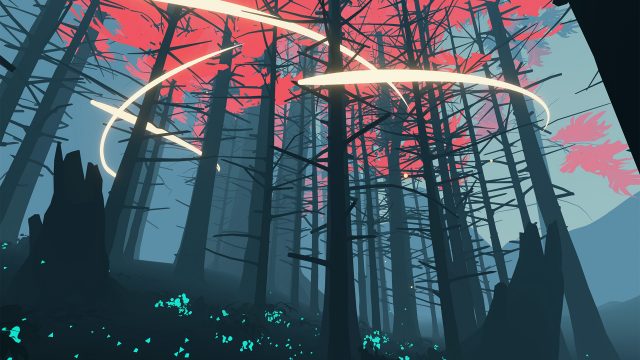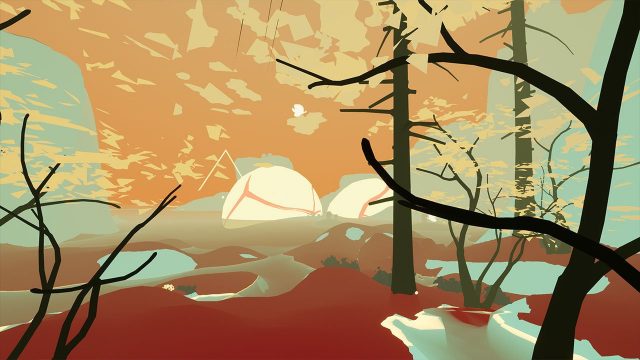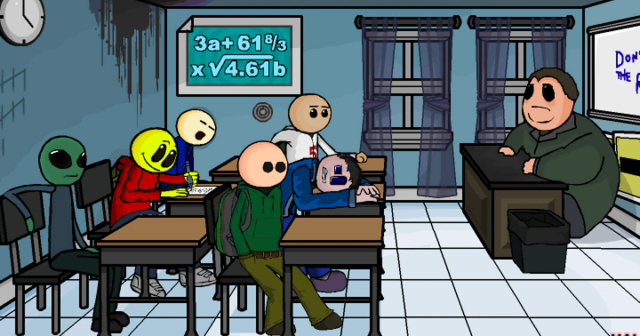Cao Fei’s RMB City, 2008

Cao Fei’s RMB City, 2008 is a virtual adaptation of China’s urban landscape, where audiences are players with a personalized avatar. Cao Fei features landmarks that are symbols of China’s prosperity in her virtual world, providing a land of open possibilities, yet she presents them in ruins to reveal the harsh realities of China’s industrial growth.
One of the main elements of the work that I admire is its continual evolution as users build their own desires in this virtual utopia and are updated with new events that mimick the transformations in China in real life. More interestingly, such interplay between the real and the virtual is able to successfully construct a cyber-space where residents carry out lives satisfying their fantasies and escape harsh realities. I also admire the programming of the movement of the avatar panning the environment, tilting its head, and walking around, which resembles human behaviour and provides a higher element of virtual life and immersion of the environment. RMB City also features background sounds that often reflect the loud constructions of a developing urban city, as one would in real life. This work seems to stem from some of her previous works that explore China’s cosplay culture and the popularity of gaming in the younger generations and the routine of waking up and immersing oneself in the fictional realm.
The video attached goes deeper into how Cao Fei built RMB City:




